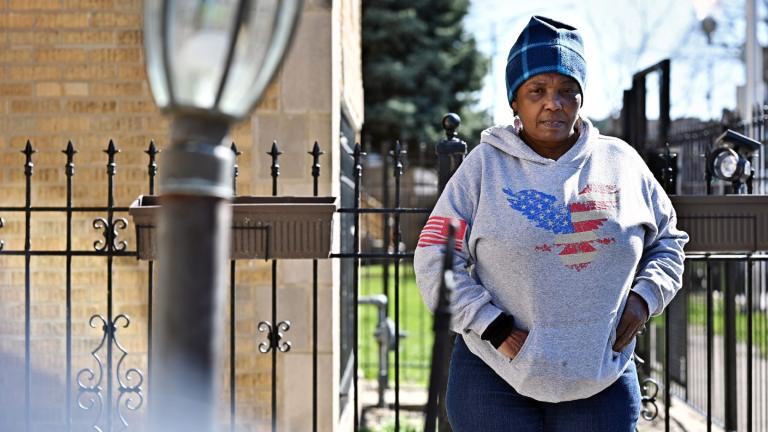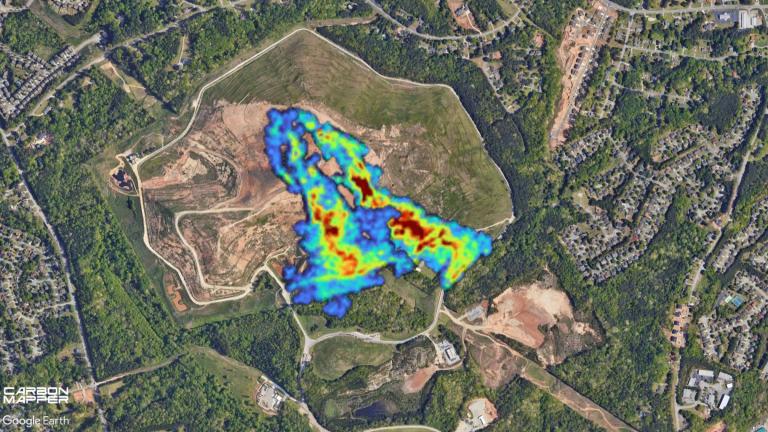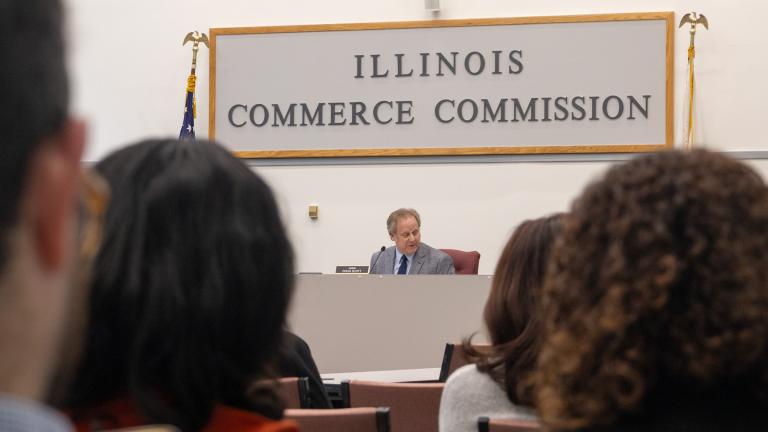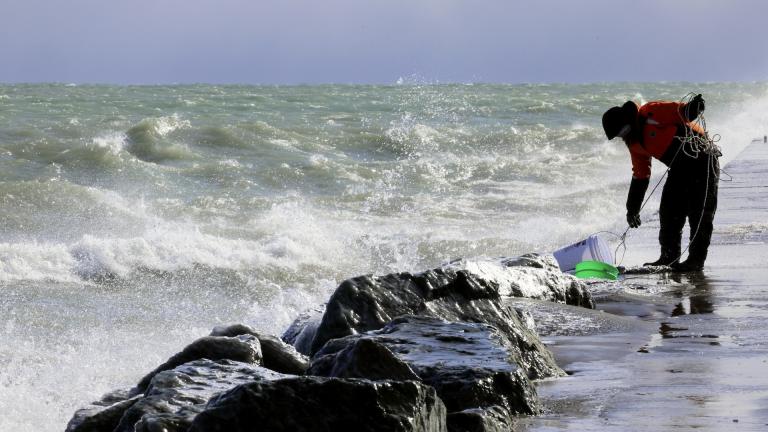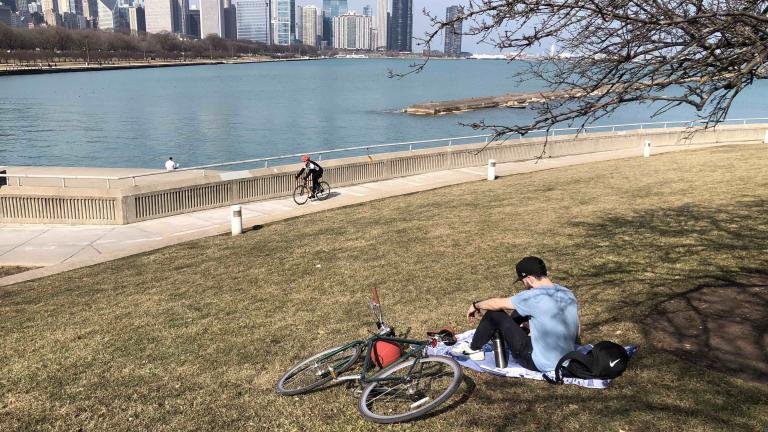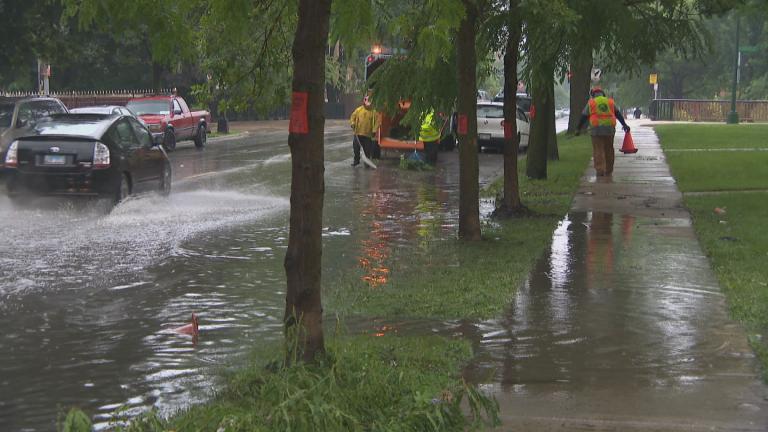
(CNN) — The Doomsday Clock that has been ticking for 77 years is no ordinary clock — it attempts to gauge how close humanity is to destroying the world.
On Tuesday, the clock was again set at 90 seconds to midnight — the closest to the hour it has ever been, according to the Bulletin of the Atomic Scientists, which created the clock in 1947. Midnight represents the moment at which people will have made Earth uninhabitable. Last year the Bulletin set the clock at 90 seconds to midnight mainly due to Russia’s invasion of Ukraine and the increased risk of nuclear escalation.
From 2020 to 2022, the clock was set at 100 seconds to midnight.
The clock isn’t designed to definitively measure existential threats, but rather to spark conversations about difficult scientific topics such as climate change, according to the Bulletin.
The decision to keep the clock at the same time this year is largely due to ongoing concerns about the war in Ukraine, the Israel-Gaza conflict, the potential of a nuclear arms race, and the climate crisis, Rachel Bronson, president and CEO of the Bulletin, said in a news conference announcing the time Tuesday.
“Trends continue to point ominously towards global catastrophe,” Bronson added. “The war in Ukraine poses an ever-present risk of nuclear escalation. And the Oct. 7 attack in Israel and war in Gaza provides further illustration of the horrors of modern war, even without nuclear escalation.
“The countries with nuclear weapons are engaged in modernization programs that threaten to create a new nuclear arms race,” Bronson said. “Earth experienced its hottest year on record and massive floods, fires and other climate-related disasters have taken root. And lack of action on climate change threatens billions of lives and livelihoods.”
Bronson cited recent advances in artificial intelligence as another concern, saying they “raise a variety of questions about how to control a technology that could improve or threaten civilization in countless ways.”
What is the Doomsday Clock?
The Bulletin of the Atomic Scientists was founded by a group of scientists who worked on the Manhattan Project, the code name for the development of the atomic bomb during World War II.
Originally, the organization was conceived to measure nuclear threats, but in 2007 the Bulletin made the decision to include climate change in its calculations.
Over the last 77 years, the clock’s time has changed according to how close the scientists believe the human race is to total destruction. Some years the time changes, and some years it doesn’t.
The Doomsday Clock is set every year by the experts on the Bulletin’s Science and Security Board in consultation with its Board of Sponsors, which currently includes nine Nobel laureates.
Although the clock has been an effective wake-up call when it comes to reminding people about the cascading crises the planet is facing, some have questioned its usefulness.
“It’s an imperfect metaphor,” Michael E. Mann, Presidential Distinguished Professor in the earth and environmental science department at the University of Pennsylvania, told CNN in 2022, highlighting that the clock’s framing combines different types of risk that have different characteristics and occur in different timescales. Still, he adds it “remains an important rhetorical device that reminds us, year after year, of the tenuousness of our current existence on this planet.”
Every model has constraints, Eryn MacDonald, an analyst with the Union of Concerned Scientists’ Global Security Program, told CNN in 2022, adding that the Bulletin has made thoughtful decisions each year on how to get people’s attention about existential threats and the required action.
“While I wish we could go back to talking about minutes to midnight instead of seconds, unfortunately that no longer reflects reality,” she said.
What happens if the clock reaches midnight?
The clock has never reached midnight, and Bronson hopes it never will.
“When the clock is at midnight, that means there’s been some sort of nuclear exchange or catastrophic climate change that’s wiped out humanity,” she said. “We never really want to get there and we won’t know it when we do.”
How accurate is the clock?
The clock’s time isn’t meant to measure threats, but rather to spark conversation and encourage public engagement in scientific topics like climate change and nuclear disarmament.
If the clock is able to do that, then Bronson views it as a success.
When a new time is set on the clock, people listen, she said. At the COP26 climate talks in Glasgow, UK, in 2021, former Prime Minister Boris Johnson cited the Doomsday Clock when talking about the climate crisis the world is facing, Bronson noted.
Bronson said she hopes people will discuss whether they agree with the Bulletin’s decision and have fruitful talks about what the driving forces of the change are.
Moving the clock back with bold, concrete actions is still possible. In fact, the hand moved the farthest away from midnight — a whopping 17 minutes before the hour — in 1991, when then President George H.W. Bush’s administration signed the Strategic Arms Reduction Treaty with the Soviet Union. In 2016, the clock was at three minutes before midnight as a result of the Iran nuclear agreement and the Paris climate accord.
What can an individual do to turn back time on the clock?
“We at the Bulletin believe that because humans created these threats, we can reduce them,” Bronson said. “But doing so is not easy, nor has it ever been. And it requires serious work and global engagement at all levels of society.”
Don’t underestimate the power of talking about these important issues with your peers, Bronson said.
“You might not feel it because you’re not doing anything, but we know that public engagement moves (a) leader to do things,” she said.
To make a positive impact on climate change, look at your daily habits and see if there are small changes you can make in your life such as how often you walk versus drive and how your home is heated, Bronson explained.
Eating seasonally and locally, reducing food waste, and recycling properly are other ways to help mitigate, or deal with the effects of, the climate crisis.
The-CNN-Wire™ & © 2024 Cable News Network, Inc., a Warner Bros. Discovery Company. All rights reserved.

